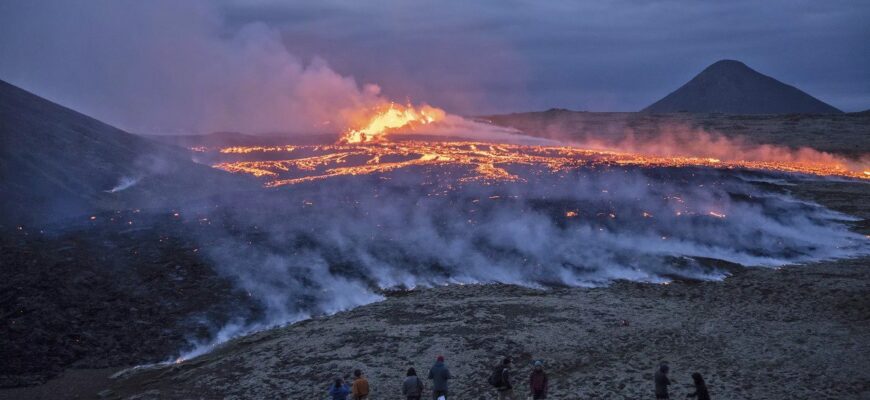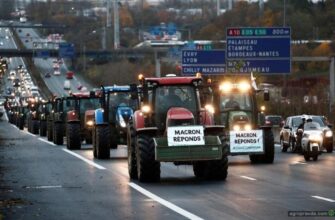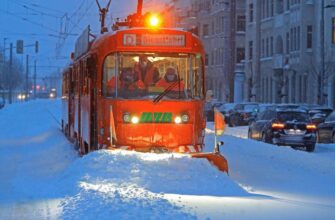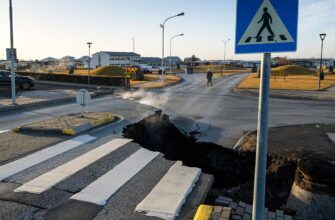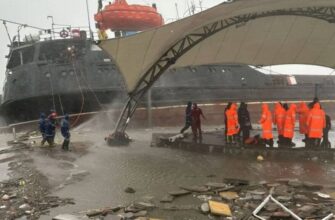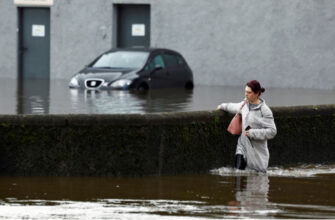Over the past year there have been many natural disasters in the world, which led to numerous destructions and victims. Natural phenomena can be merciless, people are not able to stop them, only to predict the course of events. I suggest to consider the last case of natural cataclysms which has taken place in the north of Europe.
On Friday, November 10, about 800 earthquakes were registered in Iceland on the Reykjanes peninsula. The magnitude of the strongest was 5.2 points. Underground tremors on the peninsula were observed since the end of October, during this time they were registered about 24 thousand. In houses lights flashed, chandeliers shook, and deep cracks were formed on the roads.
There are 32 active volcanic systems on the territory of Iceland – a real country of volcanoes! On the Reykjanes Peninsula, southwest of the country, is the Fagradalsfjadl volcano. Around it, about a thousand tremors have been recorded, which can lead to strong volcanic eruptions.
During plate movements, magma can grow to the surface of the Earth, which can lead to volcanic eruptions. In this case, it is impossible to say exactly where and when the magma will come to the surface. Residents of the town of Grindavik, which is in the danger zone, have been advised to evacuate for several days.
A state of emergency has been declared in Iceland as earthquakes could become larger. Meteorologists also report that magma has been found at a depth of 5 kilometers.
Natural disasters are the most dangerous phenomena in the world, they can not be stopped in any way, only to wait it out. Some people live in such natural conditions, where every day you can fear for your life, for example, Japan – a country for which earthquakes are commonplace. People have adapted to their environment by creating special shelters and devices to safely wait out cataclysms. How do people living in the neighborhood of active volcanoes feel?
